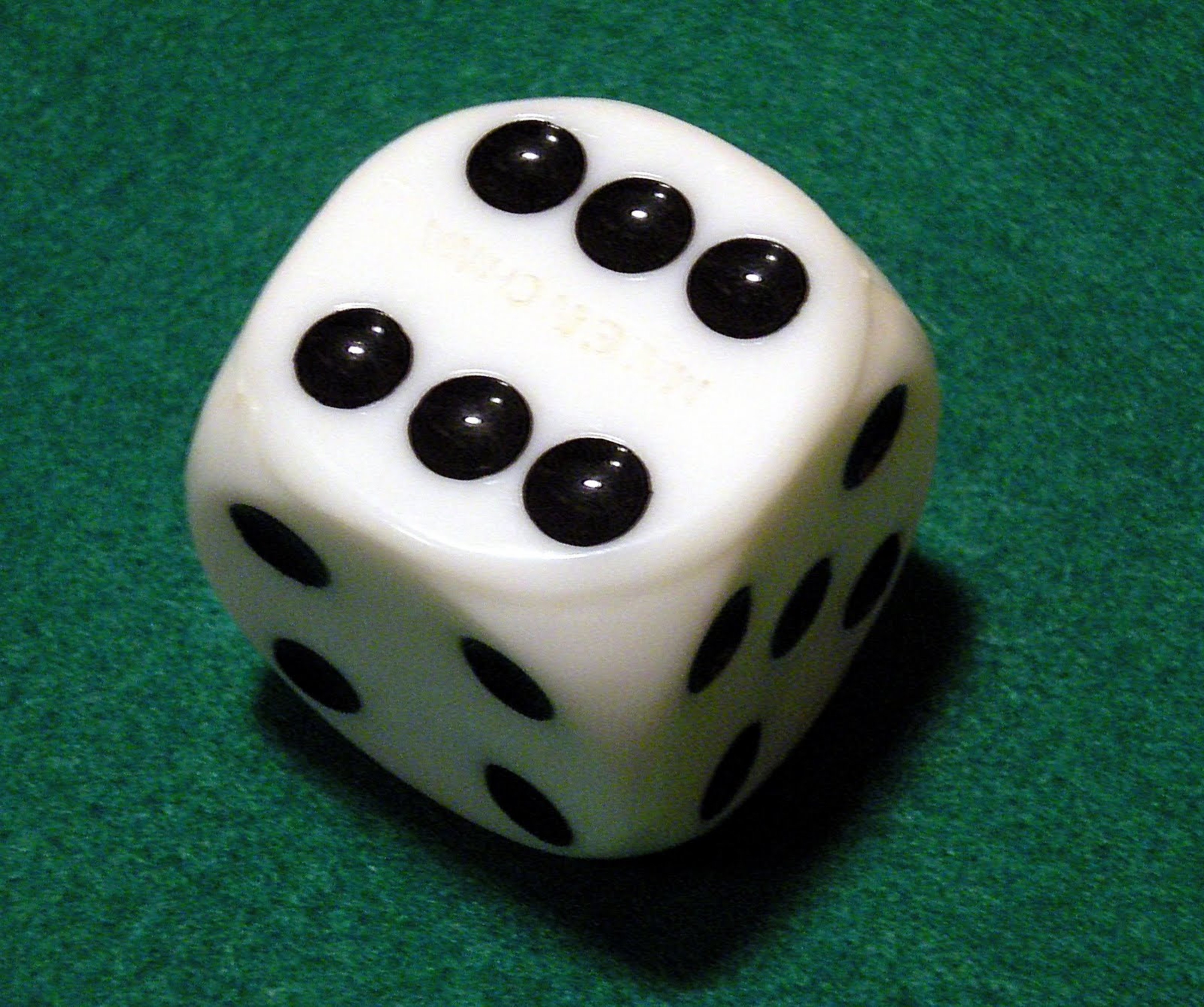Survey: The Loaded Die!

Imagine that you have a loaded die (that’s the singular of ‘dice’). This means the die is biased. It’s not fair. If you roll it, the probability that you’ll get a is higher than the probability of getting any other number. You roll the die a few times and analyze the data.
Decide which of the following is more likely to happen:
Drop a comment below with your answer, and please do not explain your answer because I don’t want anyone to get influenced by other peoples’ comments. Just a simple or a will suffice.
I’m going to bed now and when I wake up the next day I hope to see a lot of comments! :)
Until then!
No vote yet
1 vote
Easy Math Editor
This discussion board is a place to discuss our Daily Challenges and the math and science related to those challenges. Explanations are more than just a solution — they should explain the steps and thinking strategies that you used to obtain the solution. Comments should further the discussion of math and science.
When posting on Brilliant:
*italics*or_italics_**bold**or__bold__paragraph 1
paragraph 2
[example link](https://brilliant.org)> This is a quote# I indented these lines # 4 spaces, and now they show # up as a code block. print "hello world"\(...\)or\[...\]to ensure proper formatting.2 \times 32^{34}a_{i-1}\frac{2}{3}\sqrt{2}\sum_{i=1}^3\sin \theta\boxed{123}Comments
Option 1: A
Upvote this comment if you think it is right.
Option 2: B
Upvote this comment if you think it is right.
Option B
I say A.
B
I see it's possible that both are equally likely to happen. But one option cannot be more likely than the other; it's either equally likely or less likely depending on the probability distribution.
Log in to reply
Why is that? If something is less likely to happen then something else, then that something else is more likely to happen than the first something.
Log in to reply
I mean one particular option cannot be more likely than the other one, not any one option cannot be more likely. Ambiguity; my bad.
B
Option A
@Mursalin Habib It has been a day!
A
Because apparently this one person's "day" meaning 15 days in real world, I decide to screw it and give my reasoning. Here, P(A),P(B),P(4) are probabilities of getting the sequence A, the sequence B, and the throw 4 in that order.
A is more likely. Note that P(B)=P(4)⋅P(A)≤1⋅P(A)=P(A), so the probability of getting B is less than or equal to A.